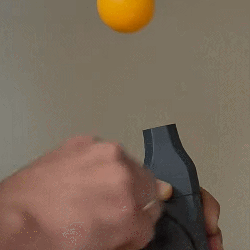[Ryan] of [Fat Lip Collective] has been on a streak of using 3D printing for his car mod projects. From spark plug adapters to exhaust pipes to dash panels, his CAD skills and additive manufacturing tech have played a number of roles in his process.
Most recently, [Ryan] has embarked on a mission to equip an ’80s-era Toyota KE70 Corolla with a turbo engine. The main question there being how to fit the engine back into the car once he’s inserted a salvaged turbo into the exhaust line.
There is a non-trivial amount of stuff that needs to be packed in with the rest of the engine and finding a working configuration that doesn’t get in the way of anything else requires some trial and error. Furthermore, the alignment of the many twisting and turning pieces of schedule 40 pipe that will direct gasses where they need to go needs to be pretty precise.
Juggling all of this would be tedious, time consuming, and error prone if it were not for [Ryan’s] mighty 3D printer. He printed a set of the different elbows and reducers modeled on the schedule 40 pipe that he would likely be using. He added degree markers for easy reference later and flat sections at the ends of each piece so they could be bolted to each other. With this kit of parts in hand, he was able to mock up different arrangements, re-configuring them as he considered the position of other nearby components.
Continue reading “3D Printer Turbo-Charges A Vintage Vehicle”


















